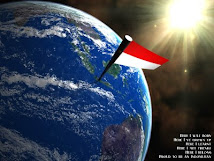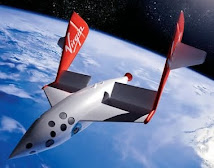In 1965, Hannes Alfvén proposed a "plasma cosmology" theory of the universe based in part on scaling observations of space plasma physics and experiments on plasmas in terrestrial laboratories to cosmological scales orders-of-magnitude greater.
Taking matter–antimatter symmetry as a starting point, Alfvén together with Oskar Klein proposed the Alfvén-Klein cosmology model, based on the fact that since most of the local universe was composed of matter and not antimatter
there may be large bubbles of matter and antimatter that would globally
balance to equality. The difficulties with this model were apparent
almost immediately.
Matter–antimatter annihilation results in the production of high energy photons which were not observed. While it was possible that the local "matter-dominated" cell was simply larger than the observable universe, this proposition did not lend itself to observational tests.
Like the steady state theory,
plasma cosmology includes a Strong Cosmological Principle which assumes
that the universe is isotropic in time as well as in space. Matter is
explicitly assumed to have always existed, or at least that it formed at
a time so far in the past as to be forever beyond humanity's empirical
methods of investigation.
While plasma cosmology has never had the support of most astronomers or physicists,
a small number of plasma researchers have continued to promote and
develop the approach, and publish in the special issues of the IEEE Transactions on Plasma Science.
A few papers regarding plasma cosmology were published in other mainstream journals until the 1990s. Additionally, in 1991, Eric J. Lerner, an independent researcher in plasma physics and nuclear fusion, wrote a popular-level book supporting plasma cosmology called The Big Bang Never Happened.
At that time there was renewed interest in the subject among the
cosmological community along with other non-standard cosmologies. This
was due to anomalous results reported in 1987 by Andrew Lange and Paul
Richardson of UC Berkeley and Toshio Matsumoto of Nagoya University that
indicated the cosmic microwave background might not have a blackbody spectrum.
However, the final announcement (in April 1992) of COBE satellite data
corrected the earlier contradiction of the Big Bang; the popularity of
plasma cosmology has since fallen.
Sumber;
Wikipedia



















